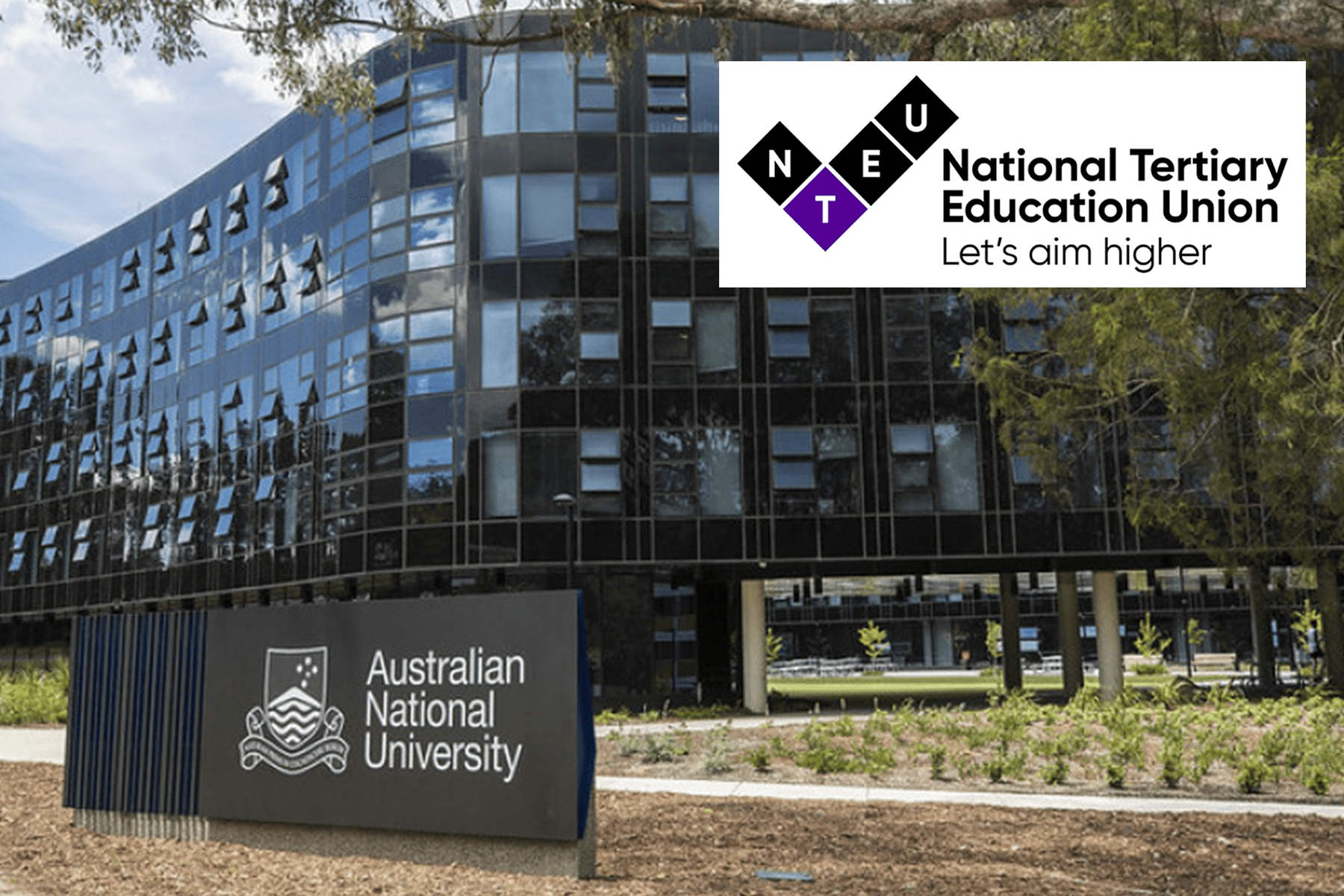The Australian National University branch of the National Tertiary Education Union went on strike for half a day on 27 July, following the refusal of ANU management to make concessions on pay.
The bargaining team secured an 18.5% pay rise – the second best result in the country for the sector. The branch has also achieved a number of improvements for casual staff, primarily an 18.7% reduction in casual staff paired with the creation of 116 FTE jobs for casually employed staff. The new agreement also includes superannuation, sick leave, long service leave for casuals, and improved notice periods.
After the success of the strike, the branch voted to withdraw strike action initially planned for the third week of semester.
Dr Lachlan Clohesy, division secretary for ACT NTEU, told Honi: “We made significant progress because of our members’ willingness to take action.” He named the strike “an incredible success. This was the first action in two decades at the ANU, and hundreds of members turned out in support of union claims.”
Enterprise bargaining has been occurring for over a year at ANU, as the union has fought to secure better conditions for all staff — especially casuals.
The Union has been fighting against workload increases, which it claims have only worsened after the pandemic, and the ANU Recovery Plan, which saw job losses at the university. The Union was also fighting for a fair pay rise, as cost of living pressures have increased over the past year. The previous enterprise agreement occurred during the pandemic, where ANU Senior Management pushed through a non-union enterprise agreement which saw minimal changes in pay.
The bargaining report states that “ANU’s initial salary offer would have been the worst negotiated salary outcome in the sector this bargaining round, if accepted.”
Student activists were also involved in the strike action. Ben Yates, ANUSA President, said “The strike was motivated by the need for ANU to do better by casuals and to provide a meaningful pay rise to all staff. We saw broad support from students, recognising that there is alignment between staff and student interests. There is a clear sentiment that student activists will stand with staff as long as they choose to strike”.





